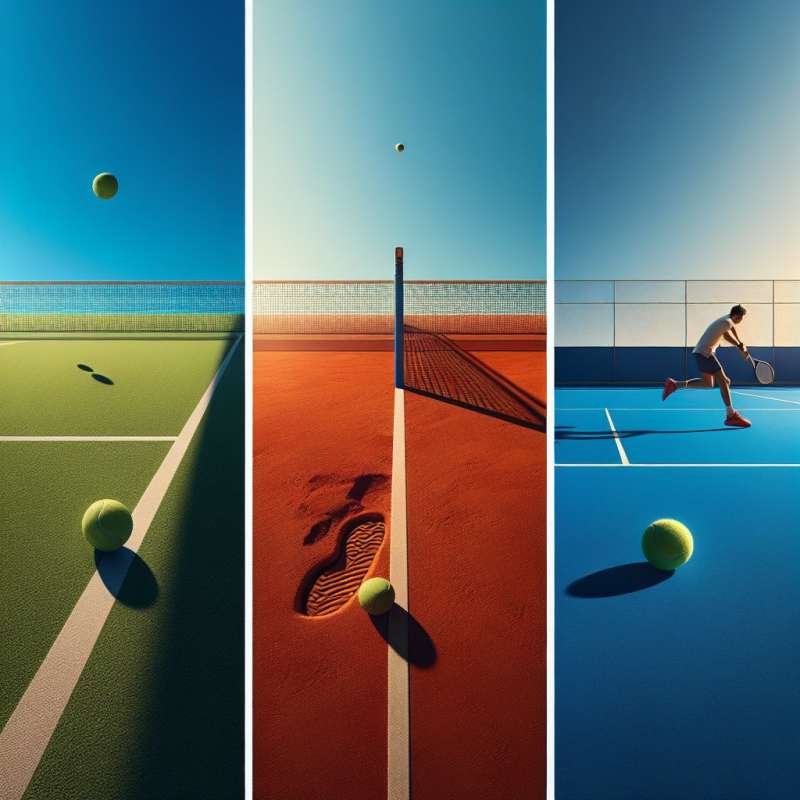
Tennis Origin and Evolution
Tennis traces back to 12th century France, evolving from a handball game called 'jeu de paume'. It wasn't until the 16th century that rackets came into play, and the game began resembling modern tennis.
Court Surface Diversity
Tennis is unique as it's played on various surfaces. Grass courts offer fast play, clay courts slow the ball and favor baseline players, while hard courts provide a balance between the two, impacting players' strategies and outcomes.
Scoring System Quirks
Tennis scoring is unconventional, progressing from love (zero), to 15, 30, then 40. Theories suggest the system was based on a clock face, with each point moving the minute hand a quarter around the dial.
The Grand Slam Feat
A 'Grand Slam' is winning all four major tournaments in a single calendar year: Australian Open, French Open, Wimbledon, and US Open. Only five players have achieved this in singles, with Steffi Graf being the only one to win a 'Golden Slam' including Olympic gold.
Hawk-Eye Technology
Introduced in 2006, Hawk-Eye technology uses multiple cameras to track the ball's trajectory, providing accurate line-calls. It revolutionized dispute resolution on the court and enhanced the spectator experience with instant replays.
Longest Match Ever
The longest recorded tennis match took place at Wimbledon 2010 between John Isner and Nicolas Mahut, lasting 11 hours and 5 minutes over three days. The final score was 6-4, 3-6, 6-7(7), 7-6(3), 70-68 in Isner's favor.
Mind-Boggling Ball Speeds
The fastest recorded tennis serve is by Sam Groth, who unleashed a 263.4 km/h (163.7 mph) serve at the 2012 Busan Open. In contrast, the fastest women's serve is by Sabine Lisicki at 210.8 km/h (131.0 mph) in 2014.
What year did rackets appear in tennis?
12th century France
16th century
15th century
Company